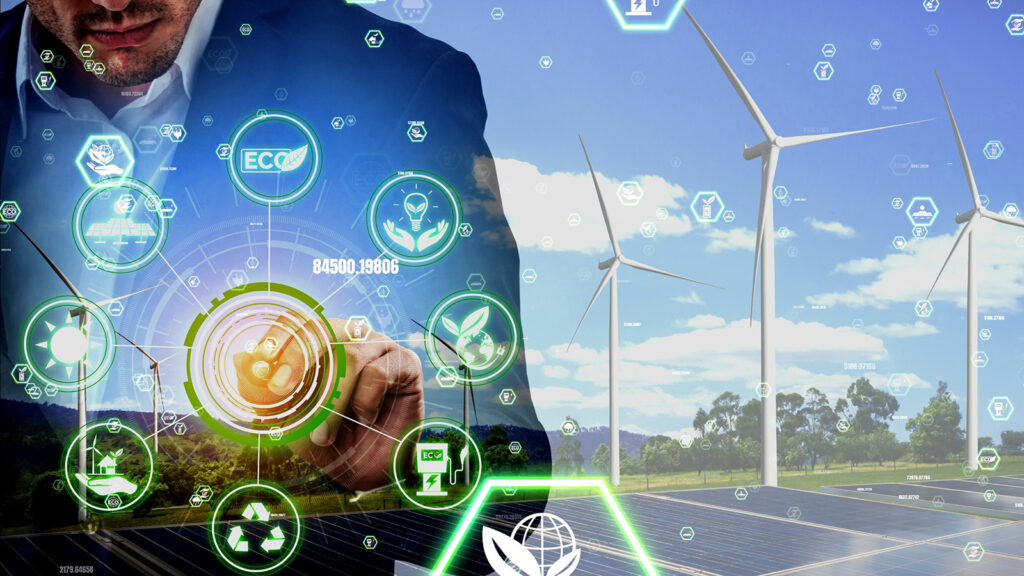
About Us
The Birth of the Association
The Association Long Term Economy was born on 22 December 2015. It’s a non-profit organization headquartered in Naples, which promotes the development of a revolutionary economic model aimed at giving full economic, social and environmental sustainability of humans on Earth.
The starting point of the Association has been the analytical work done by Dario Ruggiero and his collaborators between 2011 and 2015, which gives evidence of how the ecological, social and economic crises have sharpened during the 21st century. These three crises should be addressed with determination. To do this, we need a new vision, a totally new way of thinking based on an economic model which benefits all the living and future people, as well as the other living beings and the whole planet.
What Is Long Term Economy
Currently, policy makers, economic operators and every person make their decisions taking into account just the effects on a short-time horizon (1 to 5 years). This decision-model is unsustainable in a long term perspective, because of the deleterious effects it has on the environment (e.g., an investment with a 5 year timeframe will certainly not take into account the effects on the environment), on the whole society (a shortsighted thinking feeds the intergenerational conflict and increases the social conflict) and on the economy itself (such a model can damage the resources of a territory, that will see its value falling in the long period).
So what can we do? The Association proposes a new economic model named ‘Long Term Economy,’ a concept developed by Dario Ruggiero in 2011 with the creation of the web-site www.lteconomy.it/en. This model helps (through analysis, articles, interviews, case studies, conferences, promotion of companies) companies and institutions think in a Long Term Perspective.
Why Do We Need a Long Term Economy: Being Leaders in the Future
Besides preserving the ‘Natural,’ ‘Social’ and ‘Cultural’ capital of our planet the Long Term Economy model brings real benefits to those who adopt it. Countries and companies which first embrace this model will be the leaders of the future; they are making investments that increase their value in the long run.
They are becoming the only companies and institutions that can thrive in the future, the ones that preserve and generate natural, social, cultural and economic capital.